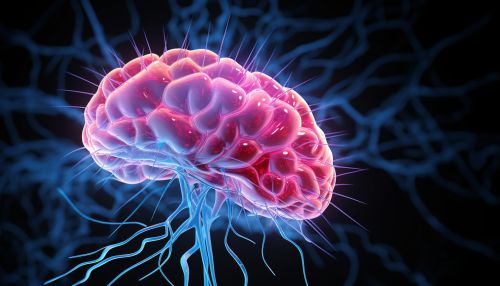Cognitive Mechanisms of Cognitive and Perceptual Speed
Cognitive Mechanisms
Cognitive mechanisms are the processes that the brain uses to gather, process, and interpret information. These mechanisms are critical for all aspects of cognition, from basic perception to complex problem-solving. The study of cognitive mechanisms is a central part of cognitive psychology, which seeks to understand how the mind works.
One of the key cognitive mechanisms is attention. Attention is the cognitive process that allows us to focus on specific stimuli while ignoring others. It is a selective process, meaning that we can only attend to a limited amount of information at any given time. Attention is critical for many cognitive tasks, including learning, memory, and problem-solving.
Another important cognitive mechanism is perception. Perception is the process by which we interpret the sensory information we receive from the world around us. This involves a complex interplay of sensory input, attention, and prior knowledge. Perception allows us to make sense of the world and to interact effectively with our environment.
Memory is also a crucial cognitive mechanism. Memory allows us to store and retrieve information over time. There are several types of memory, including short-term memory, long-term memory, and working memory. Each type of memory plays a different role in cognition, but all are critical for learning and decision-making.


Cognitive Speed
Cognitive speed, also known as processing speed, is the rate at which a person can process information. It is a fundamental aspect of cognition and is often measured in cognitive assessments. Cognitive speed can be influenced by a variety of factors, including age, health, and cognitive abilities.
Cognitive speed is closely related to other cognitive abilities. For example, faster processing speed can lead to better performance on tasks that require quick decision-making or rapid response times. Conversely, slower processing speed can make it more difficult to keep up with fast-paced tasks or to multitask effectively.
Cognitive speed can also be affected by cognitive load, which is the amount of mental effort required to perform a task. Tasks with a high cognitive load require more mental effort and can therefore slow down cognitive processing. On the other hand, tasks with a low cognitive load require less mental effort and can be performed more quickly.
Perceptual Speed
Perceptual speed is a cognitive ability that refers to the speed at which a person can process sensory information. This includes the speed at which a person can identify and discriminate between different sensory stimuli, such as visual or auditory stimuli.
Perceptual speed is often measured using tasks that require quick and accurate responses to sensory stimuli. For example, a person might be asked to identify a specific shape or color as quickly as possible. These tasks measure the speed at which a person can perceive and respond to sensory information.
Perceptual speed is closely related to other cognitive abilities, such as attention and working memory. For example, a person with high perceptual speed might be able to quickly focus their attention on relevant stimuli and ignore irrelevant stimuli. Similarly, a person with high perceptual speed might be able to quickly update their working memory with new information.
Relationship between Cognitive and Perceptual Speed
Cognitive speed and perceptual speed are closely related, but they are not the same thing. Cognitive speed refers to the speed at which a person can process information, regardless of the type of information. Perceptual speed, on the other hand, specifically refers to the speed at which a person can process sensory information.
Despite these differences, cognitive speed and perceptual speed are often correlated. This is because both types of speed rely on similar cognitive mechanisms, such as attention and working memory. For example, a person with high cognitive speed might also have high perceptual speed, because they can quickly focus their attention and update their working memory.
However, it is also possible for a person to have high cognitive speed but low perceptual speed, or vice versa. This can occur if a person has a specific strength or weakness in one area of cognition. For example, a person might have high cognitive speed due to strong attention skills, but low perceptual speed due to difficulties with sensory processing.
